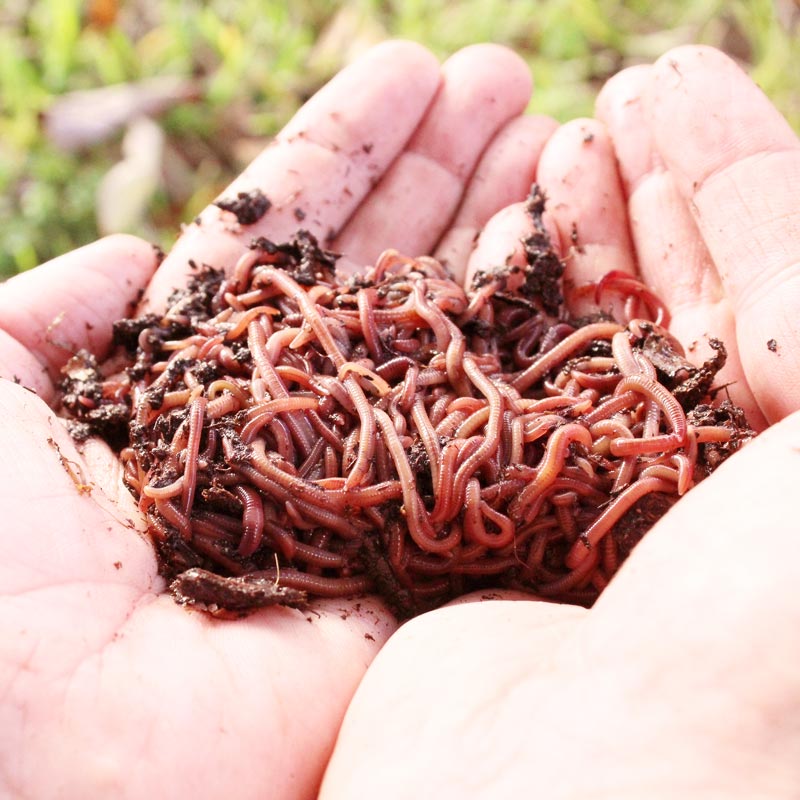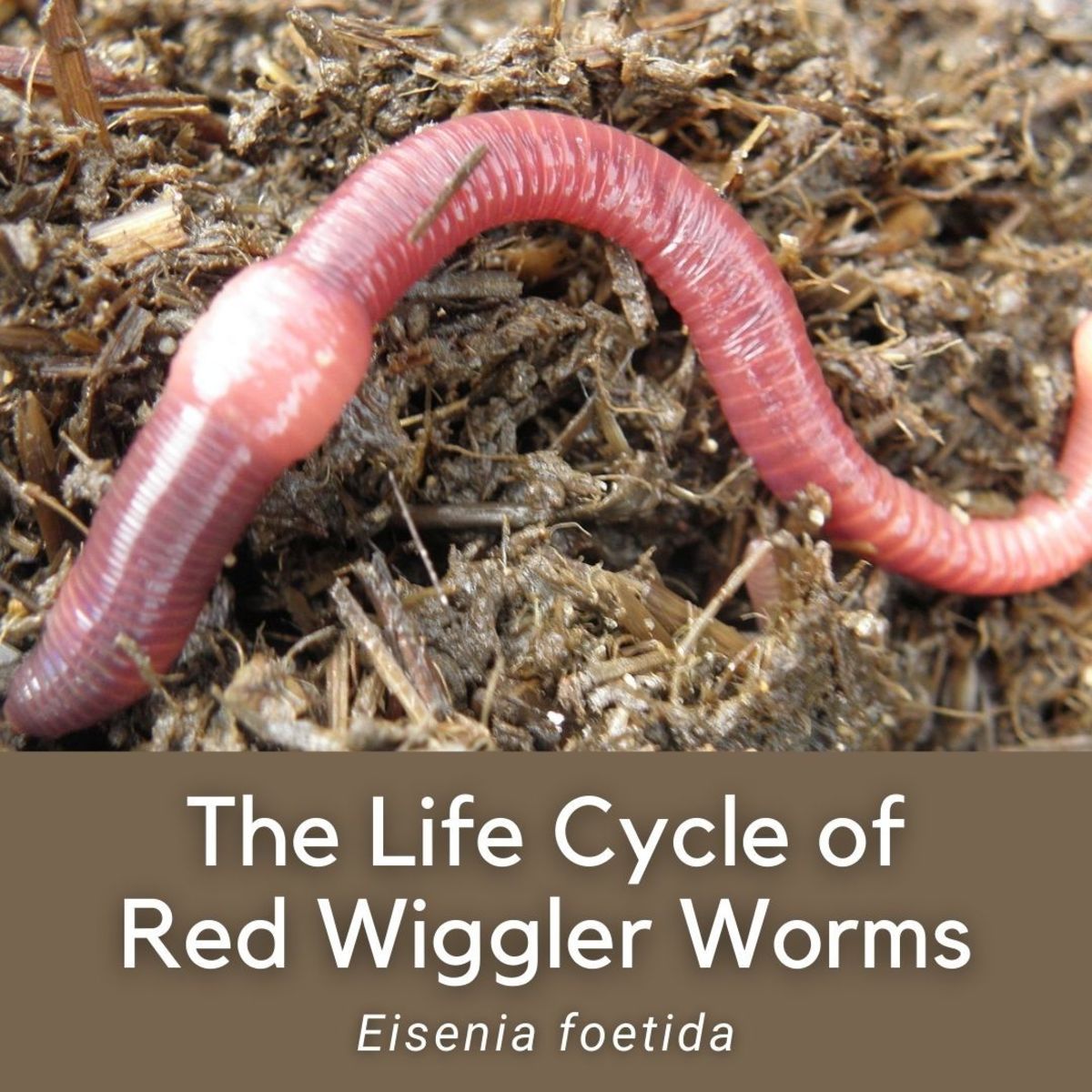Red Wiggler Worms - Reliable Decomposers for Your Garden Compost Container
Red Wiggler Worms - Reliable Decomposers for Your Garden Compost Container
Blog Article
Discover the Ultimate Overview to Red Wiggler Worms: Just How to Take care of, Breed, and Harvest These Beneficial Animals
In the globe of sustainable gardening and composting, red wiggler worms are pertained to as important allies because of their capacity to damage down organic matter successfully and create nutrient-rich castings. Comprehending the complexities of taking care of these magnificent but little creatures, mastering the art of reproducing them, and discovering the optimal ways to collect their spreadings can dramatically improve the wellness of your dirt and plants. As we start this trip to check out the best guide to red wiggler worms, we will certainly reveal sensible pointers, specialist insights, and innovative techniques that will not just benefit your yard but additionally grow your recognition for these helpful soil-dwellers.
Establishing Your Red Wiggler Habitat
When preparing to establish your red wiggler environment, interest to detail and correct preparation are vital. Creating a suitable environment for your red wigglers is important for their well-being and reproduction. Begin by picking a nontransparent and spacious container to house your worms, ensuring it has proper air flow to keep airflow. Drill small openings in the lid and sides to stop wetness build-up and permit oxygen circulation.
Next, line all-time low of the container with a layer of moistened bed linen materials such as shredded newspaper, cardboard, or coconut coir. This bed linen offers a comfy area for the worms to tunnel and aids preserve moisture degrees within the habitat. Present your red wigglers to their new home by delicately putting them in addition to the bedding.
To produce a suitable living setting, add food scraps such as vegetables and fruit peels, coffee premises, and eggshells frequently. Stay clear of zesty or acidic foods, dairy, meat, and oils, as these can harm your worms. Cover the food scraps with added bedding to stop fruit flies and odors. By complying with these actions, you can ensure a thriving habitat for your red wiggler worms.
Vital Treatment Tips for Red Wigglers
To ensure the wellness and long life of your red wiggler worms, it is important to implement vital care tips that match the careful configuration of their habitat. Maintain correct dampness degrees in the worm bin by routinely readjusting the bed linen and examining.

The Art of Red Wiggler Breeding
How can red wiggler dog breeders optimize the reproduction procedure to preserve a thriving and healthy and balanced worm population? To enhance breeding success, breeders need to guarantee that the worm container environment remains damp, oxygenated, and abundant in organic matter.
To encourage mating and egg-laying, it is necessary to keep track of the temperature within the worm container. Red wigglers prefer temperatures between 55-77 ° Source F(13-25 ° C )for optimal reproduction problems. Red Wiggler Worms. Additionally, preventing severe temperature fluctuations and giving a dark and undisturbed environment can stimulate the worms' reproductive activities

Harvesting and Utilizing Worm Castings
Optimizing the recreation process and maintaining a healthy worm populace with successful breeding sets the stage for red wiggler breeders to take advantage of the useful source of worm castings. Harvesting worm castings, likewise referred to as vermicompost, is a vital action in the red wiggler worm farming procedure. These nutrient-rich spreadings are a powerful organic plant food that can improve dirt high quality, enhance plant growth, and increase crop yields.
One typical method is to create different feeding areas in the worm advice bin, enticing the worms to move to brand-new bed linens by concentrating food in one area. An additional technique includes spreading out the materials of the bin in a slim layer under intense light; worms will burrow much deeper into the heap, allowing for the very easy elimination of the castings from the top.
Making use of these worm castings in your yard or farming ventures can dramatically benefit plant health and dirt fertility, making the effort of collecting them a fulfilling element of red wiggler worm farming.
Troubleshooting Common Red Wiggler Issues
When analyzing red wiggler worm farms, dog breeders may encounter common issues that need troubleshooting to keep the health and performance of their worm population. One prevalent issue is overfeeding, which can result in an accumulation of uneaten food and excess wetness in the worm bin. This can cause nasty odors, bring in parasites, and potentially hurting the worms. To correct this, lower the feeding quantity and regularity until the worms overtake the available food.
Another problem breeders might deal with is the presence of termites in their worm bins (Red Wiggler Worms). While some termites are this safe, an overpopulation can show a discrepancy in the bin's setting. To address this, adjust the dampness degrees by adding extra bed linen products like shredded newspaper or cardboard to create a drier habitat that is less beneficial for mites
Finally, if worms are trying to get away the bin, it can indicate unfavorable problems such as level of acidity or high temperatures. Examine the pH levels of the bedding and make sure correct ventilation to control temperature and moisture levels within the worm farm.
Conclusion
To conclude, red wiggler worms are beneficial creatures that can profit your garden or compost bin. By supplying them with an appropriate habitat, proper treatment, and understanding their reproduction habits, you can maximize their possibility. Harvesting their nutrient-rich castings can improve soil fertility and plant development. Listen to typical problems that might arise and address them quickly to ensure the health and efficiency of your red wiggler populace.
Keep the worm bin in a suitable location away from direct sunlight and extreme temperature levels to offer a comfortable living atmosphere for your red wigglers.
Enhancing the reproduction process and keeping a healthy worm population through successful breeding establishes the phase for red wiggler breeders to take advantage of the useful resource of worm castings. Gathering worm spreadings, also known as vermicompost, is a critical step in the red wiggler worm farming process. One usual strategy is to develop separate feeding areas in the worm container, luring the worms to migrate to new bed linen by focusing food in one location.When analyzing red wiggler worm ranches, breeders may encounter common problems that require troubleshooting to keep the wellness and performance of their worm populace.
Report this page